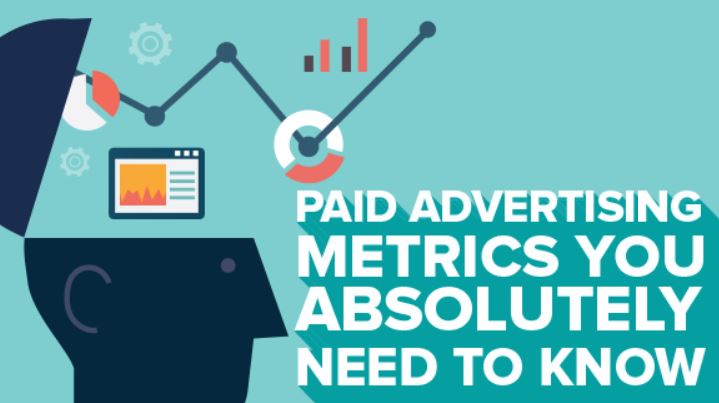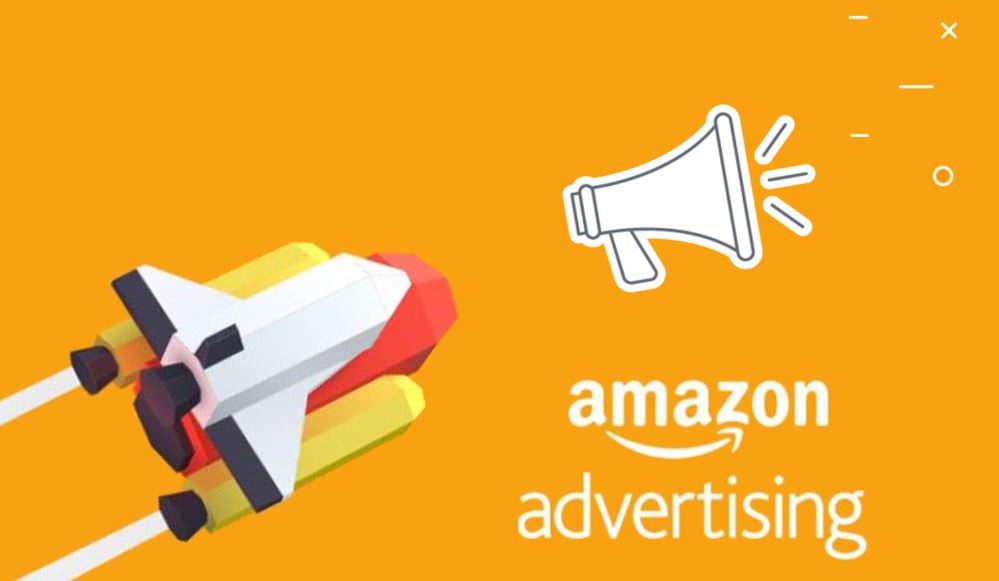5. Expert Use of Ad Metrics

We’ve already touched on some of the metrics and their uses, but now is the time for a proper introduction.
Impression volume
We’ve met impression volume, and its importance in previous chapters. Better yet, we’ve explored the importance of getting quality impressions. Because it’s quality impressions from good targeting that leads to good clicks.
In PPC marketing, as in so much else of this writing business, nothing stands in isolation. Things all work together toward a unified purpose. At least, when they’re working well.
Source your impressions wisely. This is the same thing as saying to target wisely. But still, you want as many as you can get, if they’re good. This is the first rudimentary step to scaling, which is the Mount Everest of Amazon ads that’s very, very hard to climb.
By its definition, targeting means selecting carefully. This reduces impression volume, but improves its quality. When you cut out the spaghetti-on-the-wall method to see what sticks, you then need to embrace another concept.
A specific book or a general search term (for example, Highland Romance) only gets so many impressions a day. That’s it. The supply of customers looking at that product or term is finite. But it’s a lot more finite for some than for others.
If a book has a sales rank of 600,000, it’s only getting a handful of views a day. Your ad on it may get even less. Therefore, you need to target thousands and thousands of such books to get enough impressions to even be a chance of converting on anything like a regular basis. Essentially, you’re wasting your time targeting a low-visibility book like that. The only benefit is that a click, if and when you get it, is cheap.
What you want instead is to target not just highly relevant books, but books with a great sales rank. Anything below 50,000 is the place to start, but better if it’s 5,000 or less.
Clicks here will be more expensive. But if you’re relevant, they’ll be less so. And the more you prove relevance by CTR and conversions off that keyword, the better. This takes us back to the concept of seeding that we discussed earlier.
Relevance lowers your cost per click. Avoiding wasting money on non-targeted keywords allows your bid amount to be higher. Having a higher conversion rate enables you to bid higher too. Combined, these forces enable you to better position yourself to meet the higher costs of showing up on these high-visibility books.
And it’s worth being on these high-visibility books. Let’s do a little bit of basic math.
If a book has a sales rank of 3,000 it’s selling about 40 books per day. But how many people are viewing it?
This is an assumption, but the logic is sound. A book that’s selling well probably has a fairly good conversion rate. For ads, this is 1 in 10. It would be something similar for organic conversions. On that basis, 40 sales needs about 400 clicks.
If your ad is on that page, at least in the first row of the top Sponsored Product carousel (or it’s a Product Display ad) that gives you 400 impressions. Keep in mind that the targeted book is getting clicks, and you’re only getting impressions.
Out of 400 impressions, you might average about 1 click a day. (Because you’re targeting well, you’ll do much better than the standard 1 click to 1,000 impressions). On average, you’ll get a conversion about every 10 days.
It doesn’t seem like much. But go back to that book with a rank of 600,000 and do the same math. (It’s getting a conversion about once a month.) And then halve your conversion rate if it’s poorly targeted. That’s assuming you even get conversions with poor targeting. This shows you how big the difference between the two approaches is.
Back to our example of 1 sale about every 10 days. Keep in mind, this is just one keyword. If you have 10 such keywords, you’re averaging a sale a day.
1 sale every day is enough to tickle Amazon’s recommendation engine. It’ll start to bring you organic sales.
If you have a hundred such keywords … well, you can do the math. And it’s a lot easier to find 100 good keywords that have high sales rank than tens of thousands of non-targeted keywords with poor sales rank.
Impressions matter. They matter big time, because you can’t achieve much without them. Just be sure to source them well.
There’s a hand-break to all this though, which is why scaling is so hard. I’ll tackle that in the chapter on scaling.
Click-through rate
Again, we’ve covered this in detail earlier, so this will be brief. The benefits of a high CTR are many. First, it tells Amazon that your ad resonates with customers. This gives them reason to push it rather than stifle it. Clicks indicate customer interest. We can’t know how many clicks derive from the adaptive unconscious situation (expectation clicks) and how many derive from conscious and critical analysis of the ad. But whatever that mix is, they each have baselines and a relevant ad is always going to get a higher rate of clicks.
You won’t get a surer indication of what customers think of your ad than the CTR. If you’re getting a low CTR, then something is wrong with your ad (targeting, cover, title, price and to a lesser extent reviews). This is great news! It enables you to start to pinpoint what’s wrong. If you get a great CTR on some targets but not others, your targeting needs improvement. If you get a bad CTR everywhere, it pinpoints that something is wrong with cover, title or price.
A high CTR will also likely mean a lower cost per click because Amazon will favor that ad or keyword. This means you can bid higher.
So, what is a benchmark for a good CTR? For Amazon ads on non-book products the average is 0.36%, or about 1 click for every 279 impressions. Anything below 0.3% or about 1 click per 330 impressions is considered bad. Anything above 0.5% or about 1 click every 200 impressions is considered good.
Google those statistics. Verify. Those are the benchmarks for Amazon ads in general, and it matches my own experience of book ads. It also matches the experience of highly successful authors I know.
Some ads, such as Sponsored Brand and Lockscreen, can have better than average CTR. We’ll get to them.
Don’t forget the drawback of a bad CTR. Amazon will deem your ad or keyword to be less relevant. This will translate into a higher cost per click and less favorable ad placement.
All of this is why real PPC gurus use and highly value CTR as part of their optimization decisions. But, as we will see, you always make decisions on the basis of all the important metrics considered as a whole rather than just one by itself.
One last thing to note. CTR isn’t static. It might decrease over time as your book has been displayed again and again to prospects. Likewise, a boxed set at 99 cents can expect better results than, say, book one of a series that’s priced at $3.99 and with no other books in the series yet released.
Cost per click
This is rather self-explanatory, but it’s worth noting a few things.
Your CPC is generally lower than your bid. Sometimes as much as 30% lower, sometimes as little as 1% lower. This is a valuable buffer. Generally, it means you can bid higher than you think.
But the relationship between bid and actual CPC is flexible. At times, there might be a large gap. At other times, that gap narrows dramatically.
Is this information useful?
You bet.
When the gap narrows, it’s an indicator that competition for that keyword at that bid amount is fierce. This means that you’re likely losing a lot of auctions for better ad placement. Or, if you prefer, that you’re underbidding.
This is a great trigger to tell you to analyze the keyword’s performance. We’ll go into this in the optimization chapter, but if the keyword is performing well (keeping in mind whatever overarching strategy you’re using for your advertising) raise the bid and watch for increased impressions. This helps you scale.




